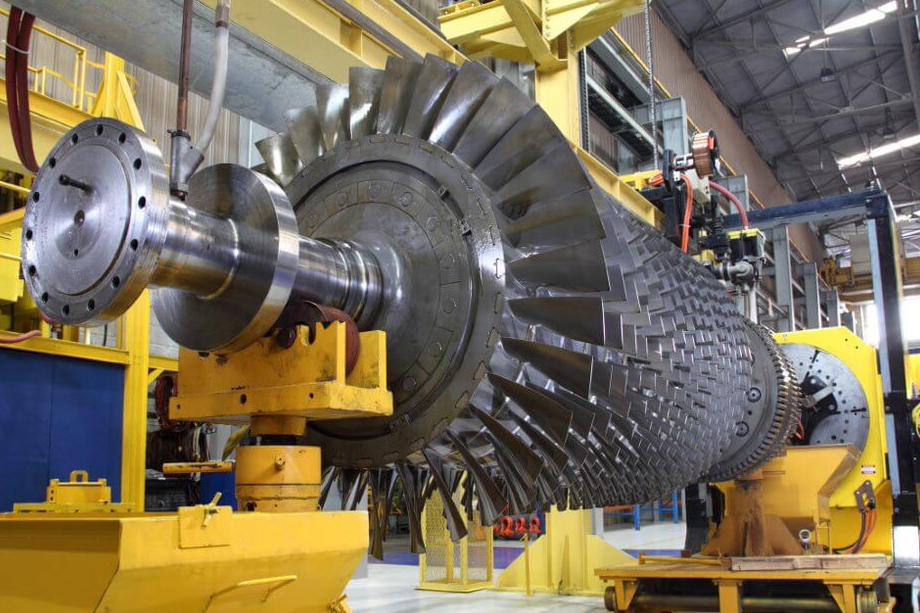Which 3D printing technology is best for manufacturing high-performance superalloy parts?
Which 3D Printing Technology Is Best for Manufacturing High-Performance Superalloy Parts?
Optimal Technology: Electron Beam Melting (EBM) and Selective Laser Melting (SLM)
For high-performance superalloy part production, Electron Beam Melting (EBM) and Selective Laser Melting (SLM) are the most effective 3D printing technologies. Both are metal powder bed fusion processes, capable of producing fully dense superalloy components with complex geometries, excellent mechanical strength, and superior high-temperature performance.
EBM for Thermally Demanding Applications
EBM operates in a vacuum at elevated build temperatures, which reduces residual stresses and enables the processing of crack-prone materials like nickel-based superalloys. It is especially suitable for aerospace and power generation components subjected to cyclic thermal loads. Materials frequently processed with EBM include:
Inconel 718 – tensile strength up to 1,350 MPa, ideal for turbine blades and combustors
Hastelloy X – excellent oxidation resistance at 1,200°C
Haynes 230 – long-term stability in structural parts above 800°C
SLM for Dimensional Precision and Fine Features
SLM uses a focused laser to selectively melt metal powder, producing parts with tight tolerances and fine detail resolution. It is ideal for intricate geometries in structural and mechanical parts. SLM is compatible with various superalloys including:
Rene 41 – high-temperature strength and creep resistance
Stellite 6B – superior wear and corrosion resistance in valve and tooling applications
SLM requires support structures and often includes additional post-processing such as CNC machining and heat treatment to optimize mechanical performance.
Mechanical Properties and Part Quality
Both EBM and SLM achieve part densities above 99.5%, with excellent fatigue resistance and high-temperature operation exceeding 800°C. Post-processing methods like hot isostatic pressing (HIP) and thermal barrier coatings (TBC) further extend service life under extreme conditions.
Customer-Oriented Solutions and Services
To meet demanding superalloy part requirements, we provide:
3D Printing Technologies:
Superalloy Materials:
Select from our extensive superalloy material options, including Inconel, Hastelloy, Haynes, and Stellite grades.
Advanced Post-Processing:
Enhance performance with HIP, TBC coatings, and CNC finishing tailored to critical component tolerances.



